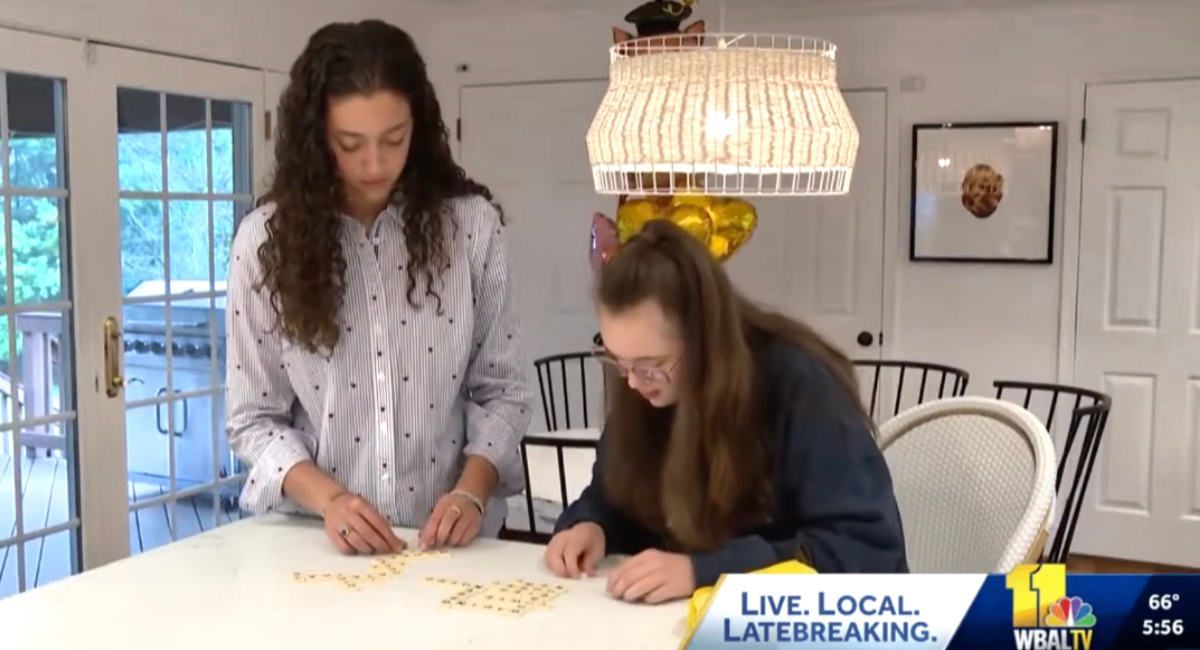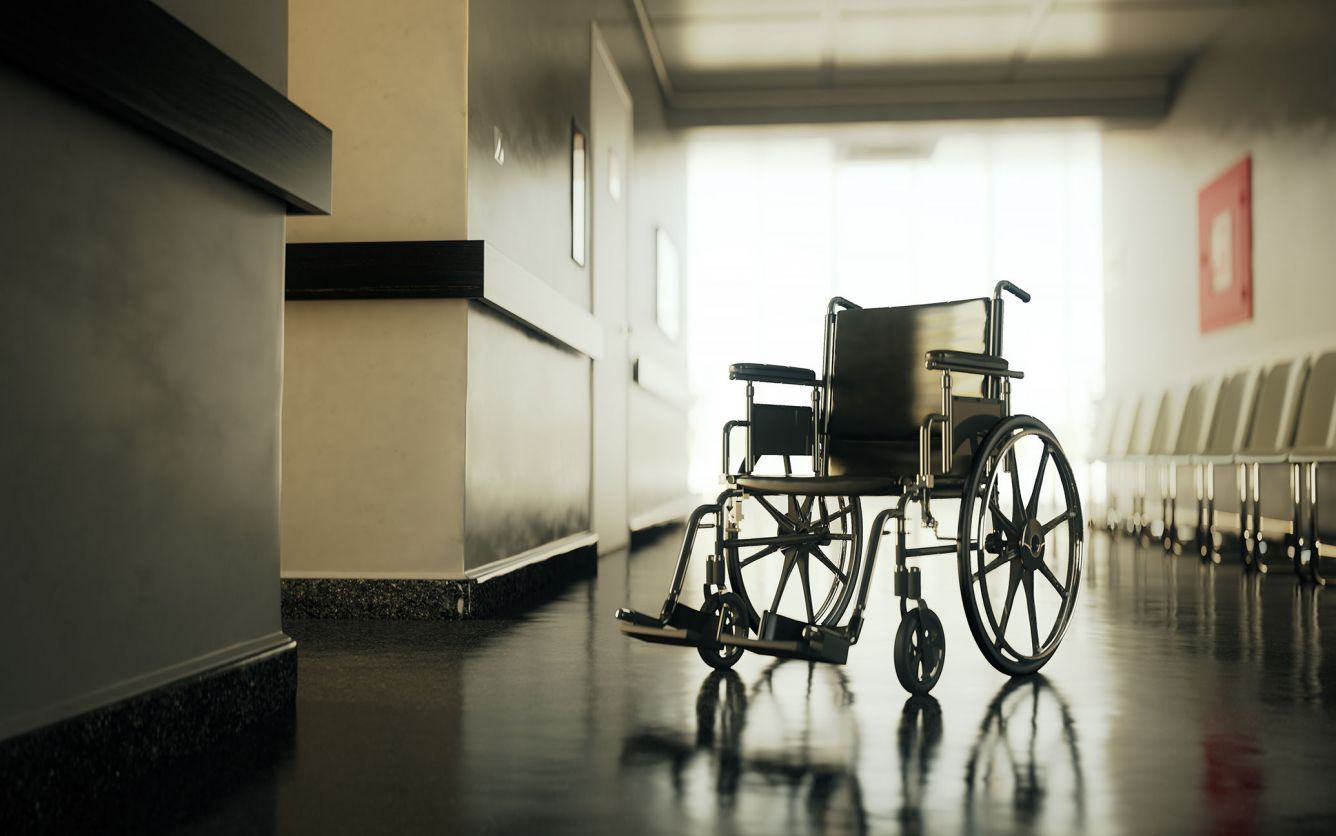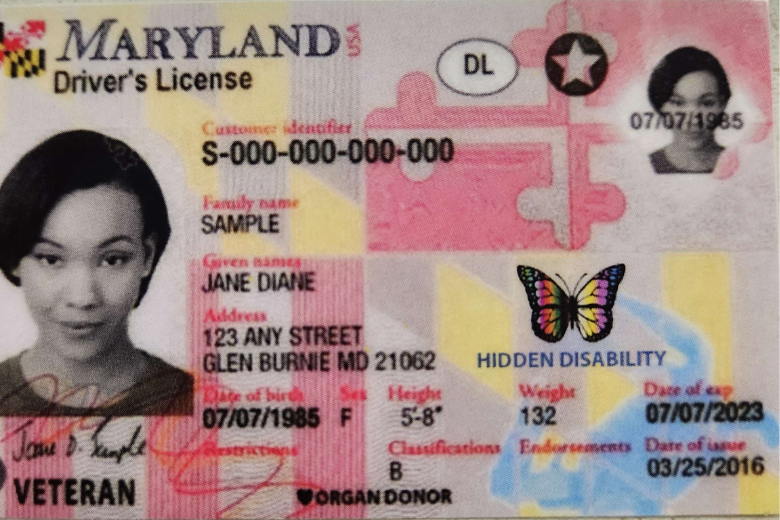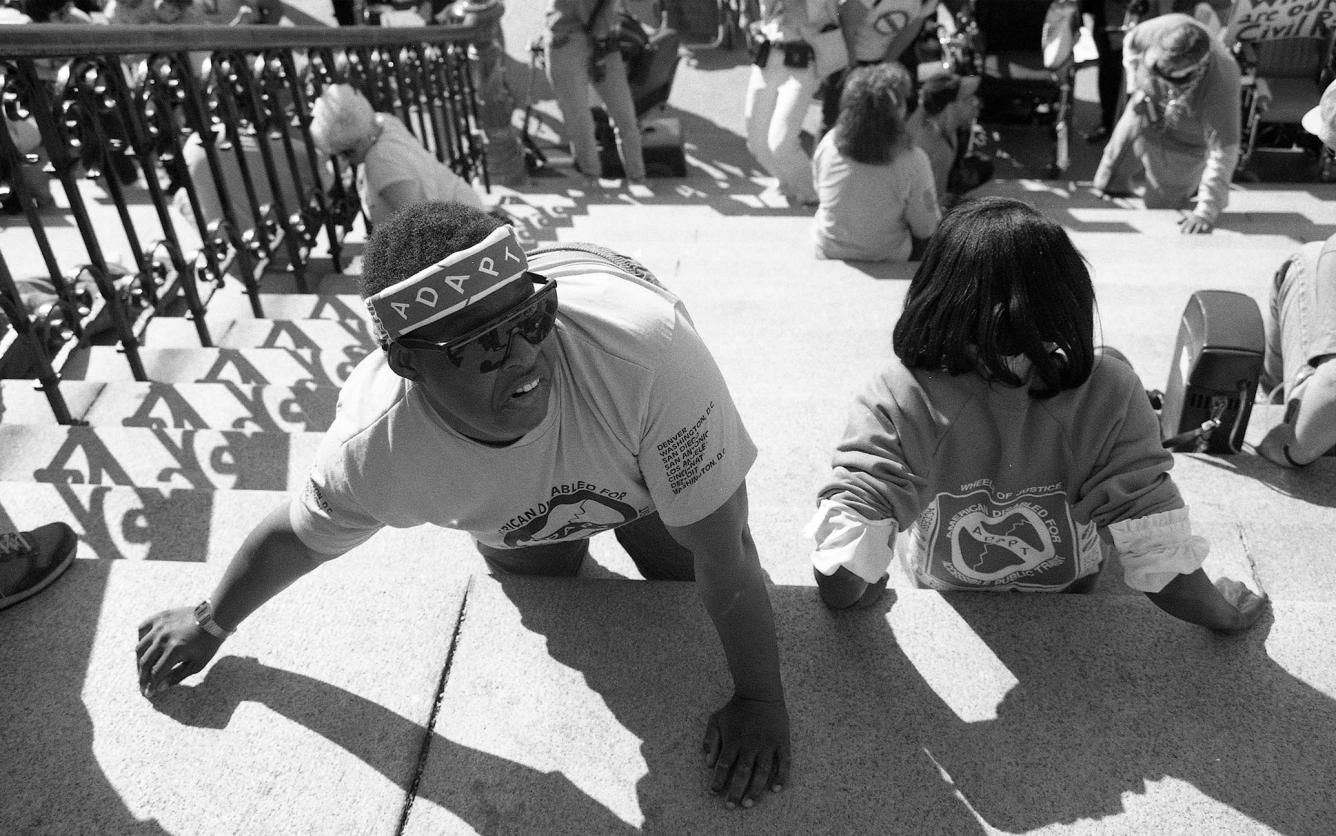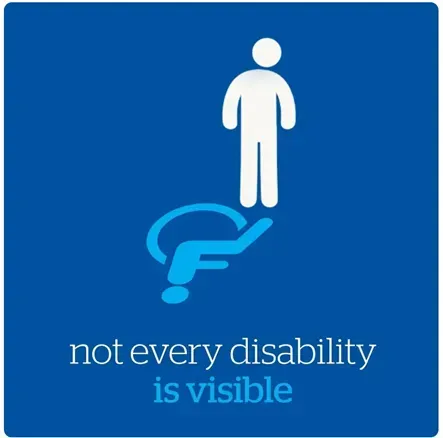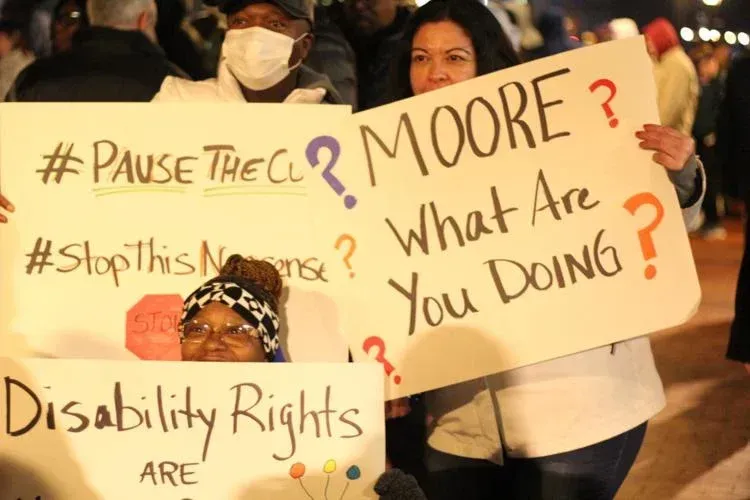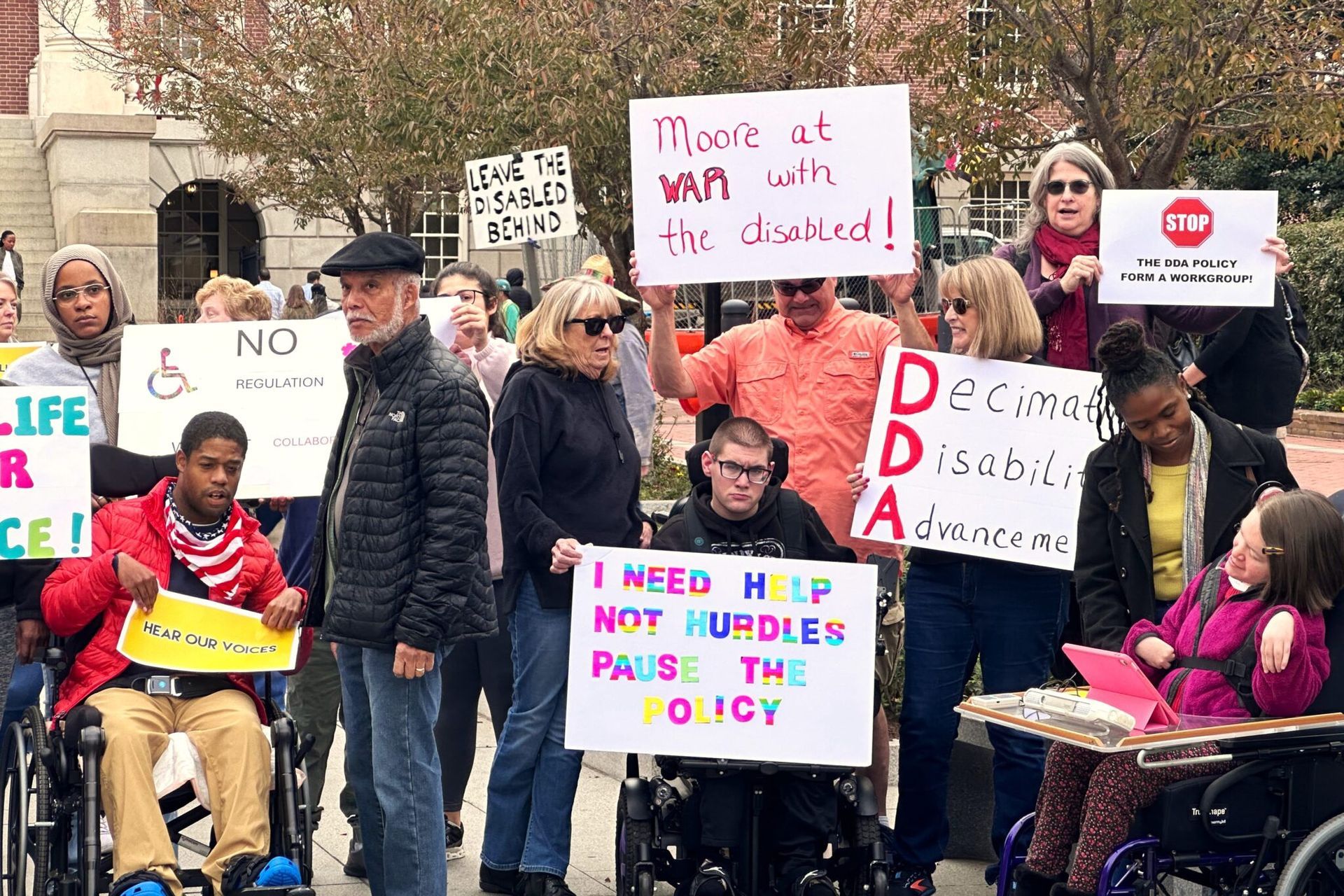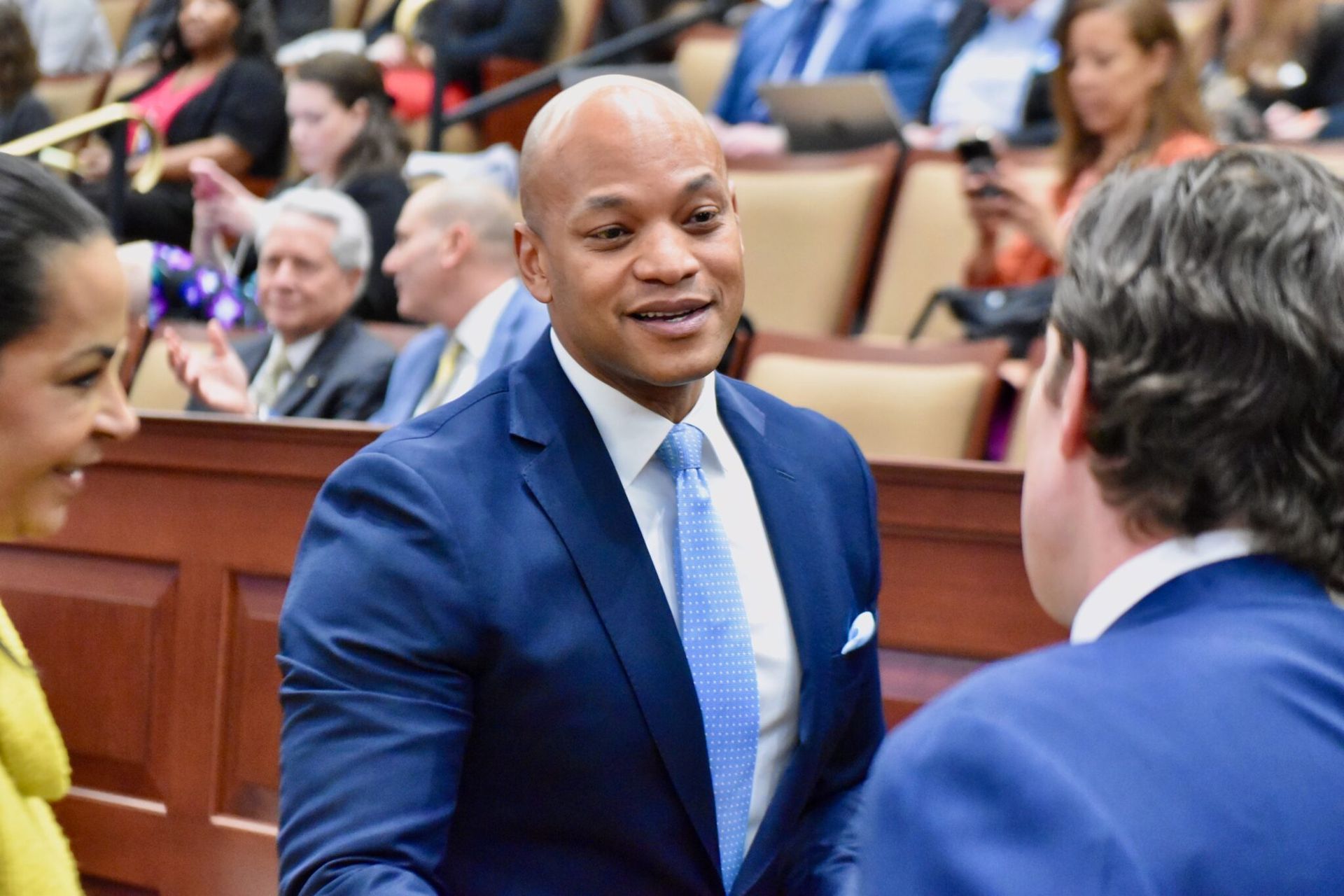A Year Into Pandemic, People With Developmental Disabilities Struggle To Connect
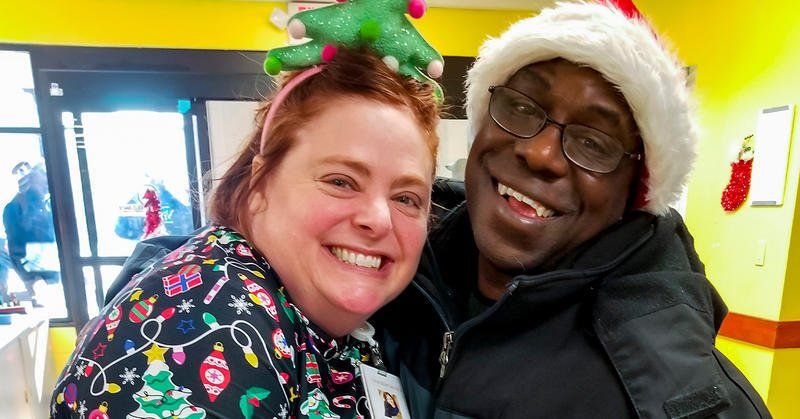
Demetrius Broyles' mom helped him log into a Zoom session with a few of his coworkers from Easterseals, a nonprofit that works with people living with developmental disabilities. It provides job services and socialization opportunities. But a lot of people the organization works with are unemployed now because of the pandemic.
"I'm at home right now because of this mess and I can't do nothing right now," Broyles says. "Because I'm missing out on church, my friends at church, missing out on a lot of activities — going places like going to the Reds games."
He'll especially miss the Opening Day parade, even though he says they never win. While people all over are missing things like baseball and friends, it's a little different for Broyles because his life — work, friends, family — used to be so dependent on the community he's built for himself at Easterseals. He's been employed there for more than a decade, doing a lot of different jobs. Most recently, he was a custodian.
Chrissy Perkins, director of community integrated services, says the organization helped at least 150 people per day before the pandemic. But around this time last year, it all changed.
"As things started to just progress, people started to stay home, and people were worried to come in," she says. "And then when we were asked to stay home (with the stay-at-home order), we had to shut down all of our services."
She says the organization had to get creative to keep its staff employed. They connected with organizations that provide residential services in the area.
"But that group of people that we were serving in those homes are not our original 150 that we serve," she says. "So we still had 150 people at home not receiving any services."
In December, Easterseals hosted a virtual Christmas party for the people they used to see on a daily basis. But it was a far cry from their usual festivities.
Broyles laughed when Perkins reminded him he pied her in the face at a Christmas party a few years ago. His friend, Albert Kahng, mentioned seeing a picture of it.
Kahng also has worked through Easterseals doing production before the pandemic and has been stuck at home with his parents since last year.
"I feel like I was in prison," he says, adding that he rarely got out of the house, aside from going to the grocery store.
Kahng got his second vaccination last week and he's finally going back to work at the end of month.
"I feel fine. But people could be surprised to see me because they have not seen me for a while," he says.
But he's lucky. He still has a job to go back to.
Perkins says not everyone is going to get that chance soon because some of the jobs available through Easterseals have dried up, like a trampoline park where Trey Toelke worked enforcing rules.
"They haven't got back with me yet (about) when we're going to start back up," he says. "I don't know if they don't start back up. So I am in the process of looking for different jobs somewhere else ... I'm looking at a greeter position, any place like that."
Easterseals has lost connections with organizations they used to work with, Perkins says, as businesses are forced to tighten their purse strings.
"And so that's been very hard too, because we want to bring these people back, but we don't have their original place for them to go back," she says. "And we're trying to develop new relationships with other businesses to try to have the same kind of programming."
It's also made difficult because she says there is no "one size fits all" for finding employment for people. For instance, Toelke also has physical limitations that need to be taken into consideration for any job he gets. And he lives with his twin brother, not his parents, so he may be feeling the financial pinch a little harder than others.
The pandemic has ravaged unemployment rates in Hamilton County. Less than 3% of the county was unemployed in the spring of 2019. About a year later, the pandemic caused unemployment to be at a record high of 14.2%. That number has leveled out over the past few months. It was closer to 5% in December.
But with many businesses shuttered and hours cut at the ones remaining open, Perkins says she's facing the reality that people they serve are in for a longer wait than others before they can resume their daily lives.

